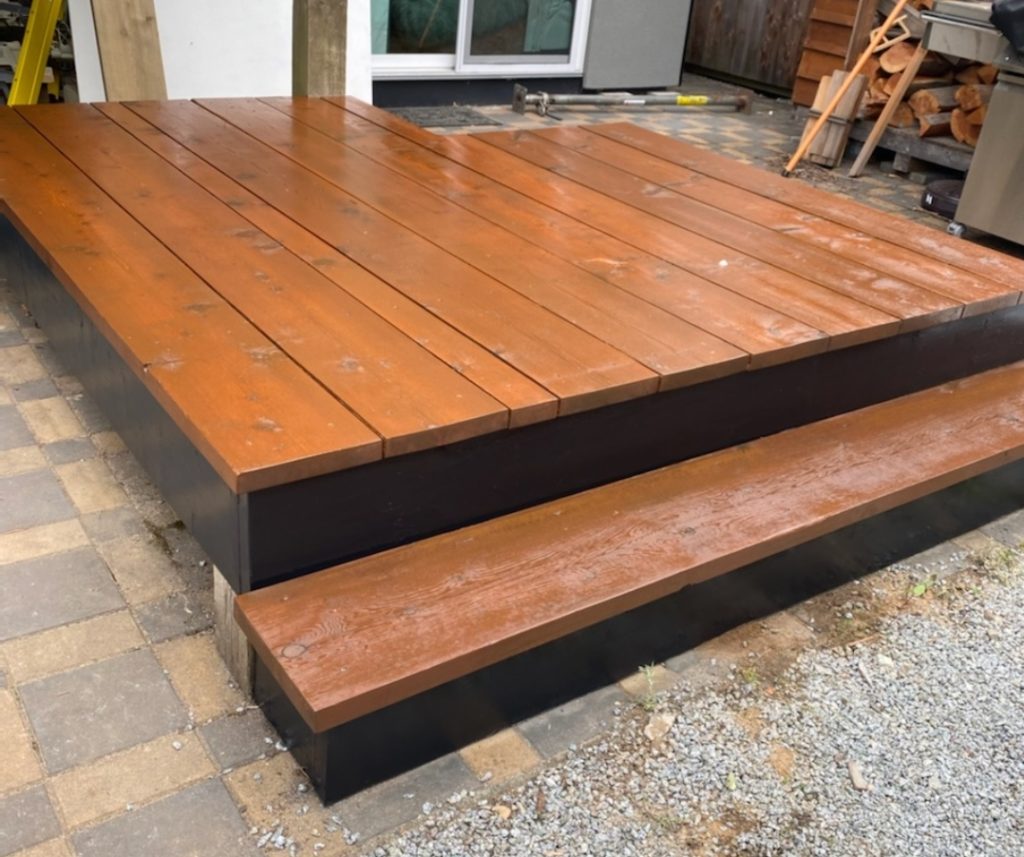Do you need to prime wood before staining? The answer is, only sometimes it is required. What is the nature of your specific project?
There are different scenarios in which priming would be required and other scenarios when it would not be required.
Below we hope you get the answer you are looking for! If not you can always contact a trusted painting professional.

Are you doing an exterior project or an interior project?
Do you need to prime wood before staining for an exterior project?
If you are staining bare wood for an exterior project with a solid stain, you generally do not need to prime before staining. Solid stains are generally self-priming.
However, if you are choosing to use a light color, you may need to use an alkyd stain-blocking/ bondage primer to stop the
natural tannins in the wood from bleeding through to the topcoat of your project. Make sure the wood surface is clean and ready to accept the primer.
Common ways to prepare the wood:
- hand clean the wood with a cleaning solution
- use coarse sandpaper
- Or use a pressure washer
Once the wood is clean, you will apply 1 liberal coat of an alkyd blocking /bonding primer with a sprayer, brush, or roller.
Do you need to prime wood before staining for an Interior project?
The vast majority of interior staining is semi-transparent. This includes things like staircase railings, cabinets, or shelving.
In this scenario you can not use a primer, otherwise, the stain will not be able to penetrate the wood and show off its true beauty.
Things to look out for:
Paint that says they are “self-priming”. Some brands indicate that they are self-priming, but be careful !! Some of these self primers will not bond to
an existing oil-based paint or will stop the tannins from bleeding through.
Tips from the Pros:
- At Holloway Painting, we generally like to use an alkyd primer that blocks stains and bonds to its intended surface.
